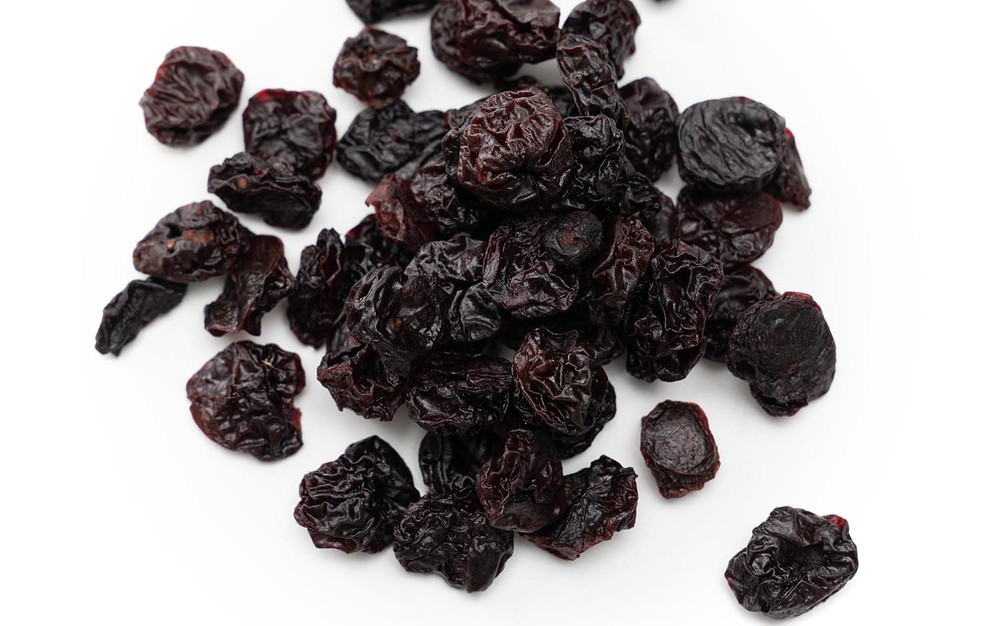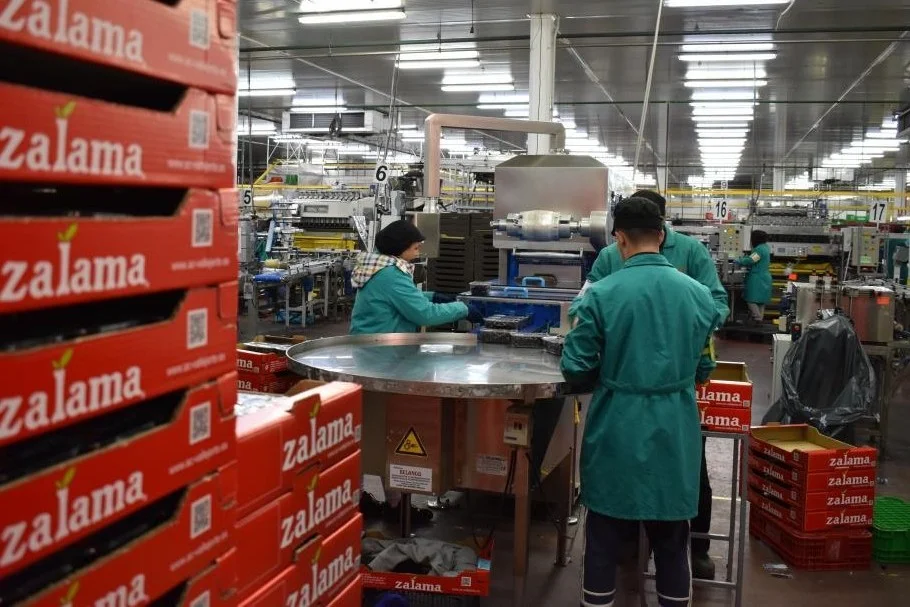The Centre for Post-Harvest Studies (CEPOC) is conducting new studies on the use of controlled atmosphere in cherries.
To maintain the quality of cherries as long as possible, it is necessary to know the characteristics of the fruit. In the case of cherries, these are non-climacteric fruits, with a moderate respiration rate (10-20 mg CO2 Kg-1 h-1 at 5°C) and a very low ethylene production rate (<0.1 μL C2H4 Kg-1 h-1 at 20°C).
This fruit is not sensitive to chilling damage, so its optimum storage temperature is 0°C (Kader, 2007). Storage temperature is the main factor in prolonging or shortening the post-harvest life of the fruit, so it is important to maintain a good cold chain during transport and marketing.
Low temperatures, close to 0°C, reduce the metabolic activity of the fruit, as well as the rates of respiration and ethylene production, delaying senescence and extending shelf life. On the other hand, relative humidity (RH) is important for maintaining the visual quality of cherries, as it is the main factor associated with weight loss, particularly of the pedicel.
Another technique to prolong the shelf life of cherries is to keep them in gaseous concentrations that favour their preservation during transport. Controlled Atmosphere (CA) is a technology that allows the fruit to be placed in containers and injected with a different gas concentration than air (21% O2 and 0% CO2).
The decrease in O2 concentration and, in turn, the increase in CO2 concentration produce a reduction in the metabolic activity of the fruit, reducing its respiration rate and ethylene production, which prolongs its post-harvest life.
The technology chosen to transport the fruit must be able to maintain certain characteristics of the cherries from origin to destination. The main variables of interest that influence the quality of cherries include weight loss, dehydration, firmness, colour, rotting and physiological disorders (Goulas et al., 2015). In order to maintain the condition of the cherries (optimal quality for the target markets) for the desired time, the use of CA becomes a useful technique.
Considering all these aspects and in the context of the PTEC Project: Postharvest and fruit quality in Cherry, its deputy director, Dr. Victor Escalona, academic at the University of Chile (UCHILE) and director of the Centre for Postharvest Studies (CEPOC), is conducting a study on the use of controlled atmospheres in cherry storage, in collaboration with the Danish logistics company Maersk.

What does this study consist of?
The effect of CA will be evaluated on the Regina variety harvested at three different ripening stages: Light Red (C1), Red Mahogany (C2) and Dark Mahogany (C3). Monitoring will be carried out at all three ripening stages, as usually when the fruit is very ripe, CA has a low or no response.
For this purpose, containers with two concentrations of CA (AC1 and AC2) plus a modified atmosphere control (AM1) were sent to China as treatments, in which the fruits of the three above-mentioned ripening stages will be evaluated. It should be noted that the Maersk containers arrived at their destination in China on 25 January, where they were opened and fruit quality assessments were carried out at strategic points in the container.

At the same time, a replication of the study was carried out at CEPOC, where the cherries will be stored for 35 and 42 days at 0ºC, plus 3 days at 10ºC, simulating shelf life and the marketing period. The analyses to be evaluated will be: weight loss, stalk dehydration, pitting, internal browning, soluble solids, acidity, firmness, flesh and skin colour.
It is worth mentioning that a second trial will be carried out with the company Geofrut, in which one of the containers will be equipped with air with AM (AM1) and the other with AC1 (perforated bag).
Dr. Escalona comments that controlled atmosphere is not used in the transport of cherries today, so this study will test new environmentally friendly technologies, as it will evaluate different gas combinations that, in addition to other techniques, will not only extend the shelf life of the fruit, allowing it to reach more distant destinations, but will also reduce the amount of kilograms of plastic packaging.
Source: Centro Fruticultura Sur
Images: Centro Fruticultura Sur
Cherry Times - All rights reserved












